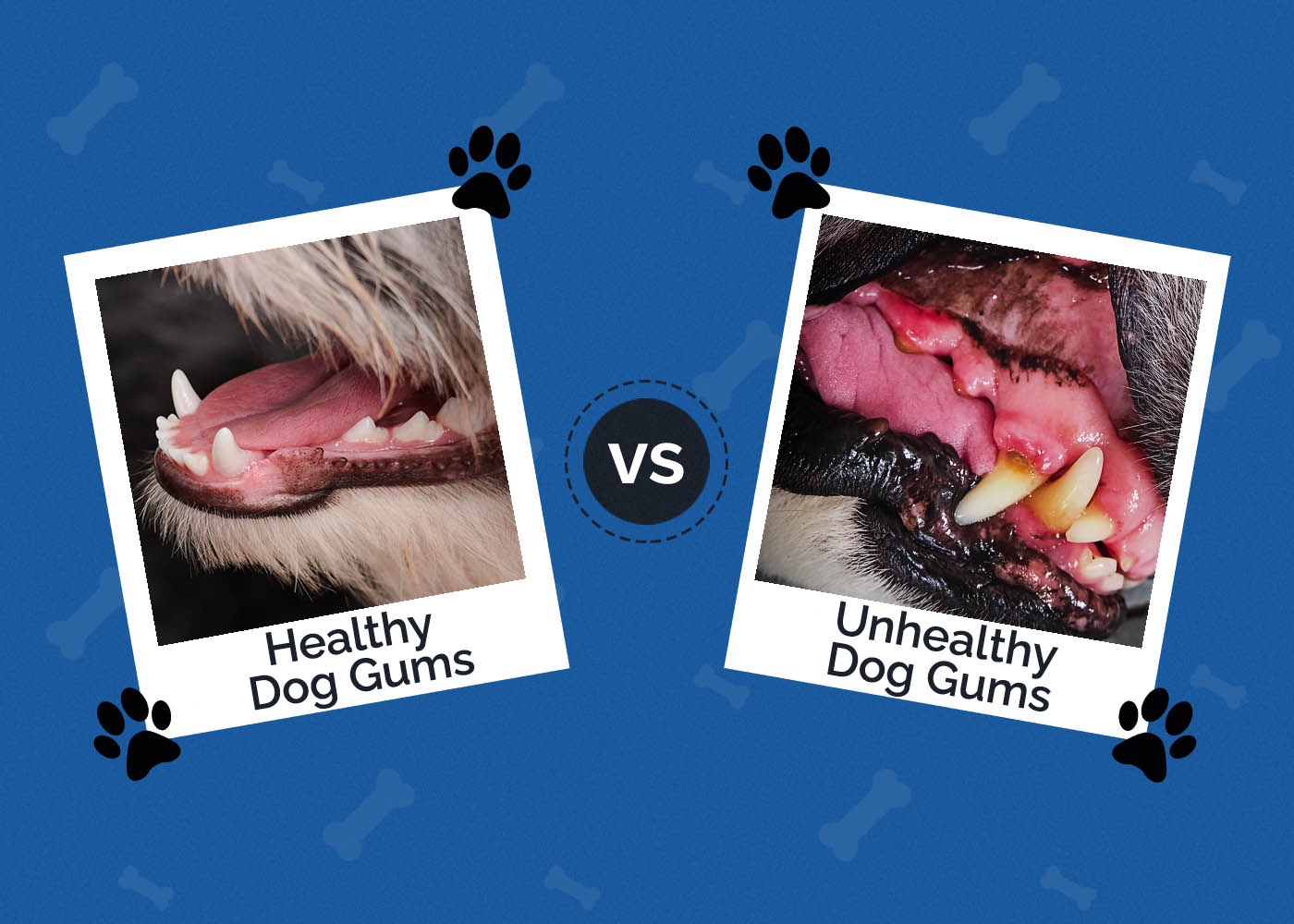Dogs rely on us to keep them healthy and happy, and one important indicator of their overall health is the color of their gums. It’s essential for pet owners to pay attention to their dog’s gum color, as changes in color can be a sign of an underlying health issue. Understanding what is considered normal gum color in dogs can help you detect any potential problems early on.
Normal gum color in dogs should be a healthy pink color. The gums should be moist and smooth to the touch. When you press on your dog’s gums, they should quickly return to their original color. This indicates proper blood circulation and oxygenation, which are essential for your dog’s overall health.
Any deviation from the normal pink color can indicate a problem. Pale gums may be a sign of anemia or shock, while yellow gums can indicate liver problems. Blue or purple gums may suggest a lack of oxygen or circulation. If you notice any changes in your dog’s gum color, it’s essential to consult with your veterinarian to determine the underlying cause.
In addition to color, it’s also important to pay attention to other signs of gum health, such as texture and moisture. Healthy gums should not be dry or tacky. Excessive drooling or bad breath can also be indicators of gum disease or other oral health issues. Regular dental care, including brushing your dog’s teeth and providing dental chews, can help maintain healthy gums.
Monitoring your dog’s gum color on a regular basis can help you detect any potential health issues early on. By being proactive and attentive to your dog’s overall health, you can ensure that they live a long and happy life. Remember, your veterinarian is your best resource for any concerns or questions about your dog’s gum color or overall health.
In conclusion, understanding what is considered normal gum color in dogs is essential for pet owners to monitor their dog’s overall health. By staying vigilant and proactive, you can ensure that your furry friend stays healthy and happy for years to come.
